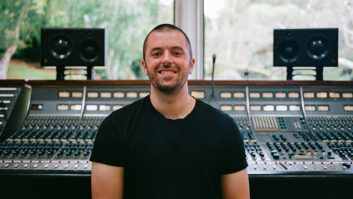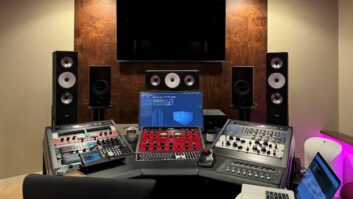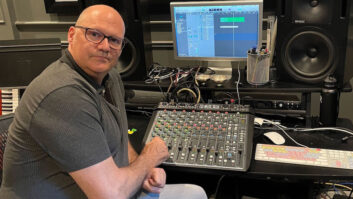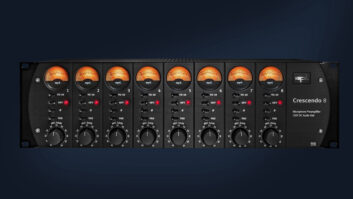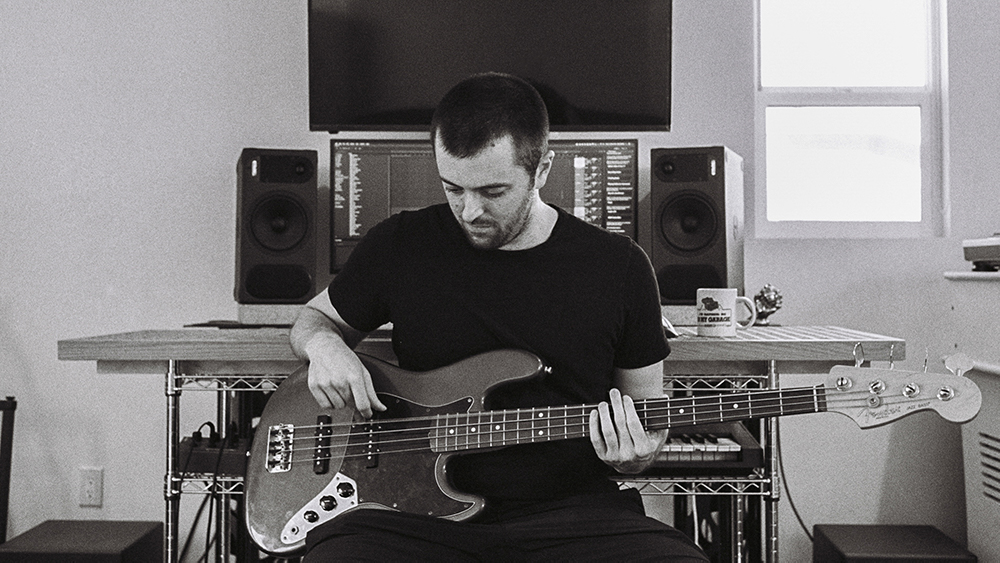
Concluding our interview with producer/engineer Rob Bisel (Kendrick Lamar, Doja Cat), he shares SZA’S vocal chain, his tips on mixing vocals into a track and more! Don’t pass up Part 1!
For SZA’s vocals, Bisel uses what he calls “the classic L.A. pop vocal chain,” which is her U47 into a Neve 1073, then into a Tube-Tech CL1 B compressor. He typically has vocal effects baked into a session to inspire and influence what an artist is doing, noting that he has found having extreme effects such as Auto-Tune, reverb or distorted delay turned all the way up in the artist’s headphones might bring something out of them that they wouldn’t have thought of otherwise.
“For SZA, we carved this niche for sonic reasons, but also partially for psychological reasons,” Bisel explains. “I try to not do anything in a super-permanent way. I like to give myself wiggle room after the fact to undo things. I think it’s important to create some sort of vibe for an artist when they’re writing. Whatever keeps things interesting and exciting. The same way we hate hearing our voice recorded on our phones or on video, I don’t think artists are immune to that. Anything that softens that and helps them disassociate themselves from their own voice can be helpful.”
Bisel’s years in choir come in handy when working with vocalists—in part because he knows the “lingo” and in part because he knows how to not hurt their feelings by using insensitively phrased critiques that affect their confidence. His is a signature vocal touch that is warm and earthy.
When it comes to mixing the vocals into a song, which Bisel does in Pro Tools, he starts with the conventional bass and drums. Once he has those where he likes, he drops in the vocals, making sure he has a good place for them to sit without other elements stepping on them. A fan of spring reverbs, Bisel references Amy Winehouse and Arctic Monkeys, whose use of spring reverb brings “vibe and character and depth,” he says. “It’s an easy way to make something feel vintage-y and old-school. It adds percussive sounds like bangs and rattles. It makes it a little more 3D.”
Bisel has said previously that he approaches a mix as if he’s never heard the song before. In addition to listening to roughs and finals in the studio and in the car, Bisel recommends playing back a mix in different environments.
“It’s amazing how different a song sounds when you’re playing it for your friends at a party versus by yourself on a Tuesday night at 3 a.m.,” he says. “I’ve heard songs that didn’t really interest me that much, but then when I heard it at a social event, I realized it’s a really good song. That’s one way to refresh your ears a little bit.
“I didn’t reference a ton of stuff when we were mixing SZA, but listening to other music, being aware what similar records might do, those are the benchmarks you want to touch on that help you step back a little bit and get a broader sense of what you’re doing instead of being so zeroed in. It’s definitely not easy to be objective and forget to loosen up the demo-itis.
